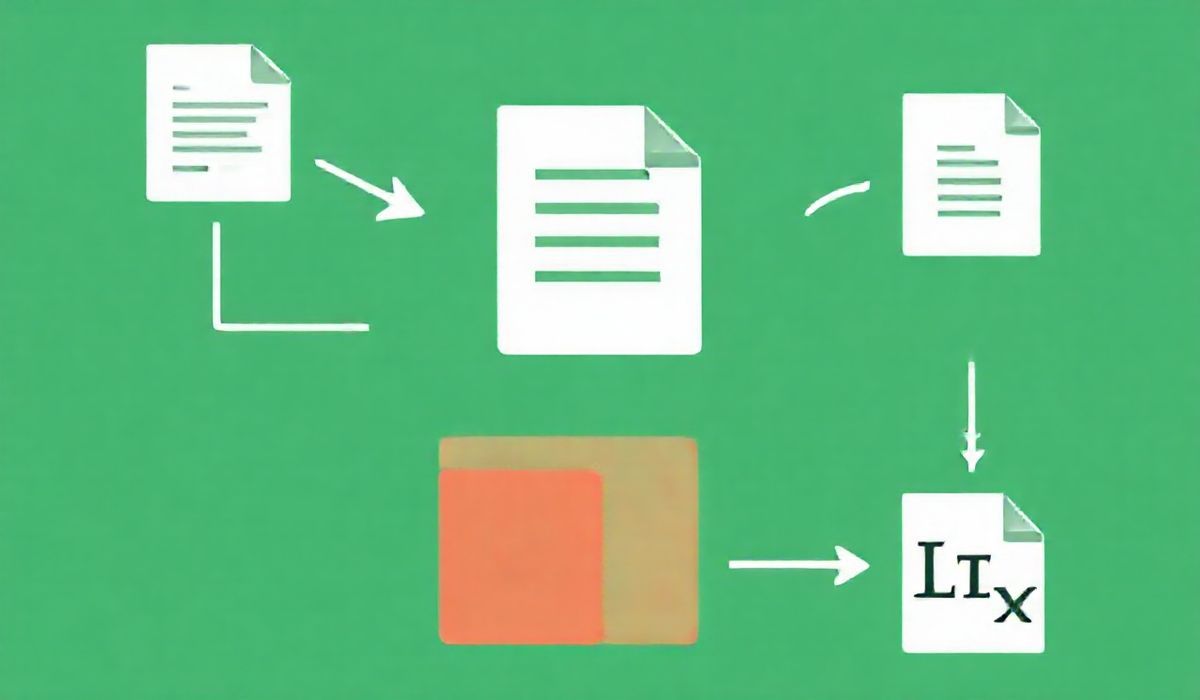Understanding and Using Docutils for Efficient Document Processing
Docutils is a powerful open-source text processing framework written in Python that converts plain text documentation into various output formats such as HTML, XML, LaTeX, and more. It is the backbone of reStructuredText (reST) and is widely used for generating documentation in Python projects. With its modular design and robust API, Docutils provides a versatile suite of tools for developers and content creators to automate document generation and manipulation.
Key Features of Docutils
- Supports parsing and processing reStructuredText (reST)
- Generates outputs in multiple formats (HTML, XML, plaintext, LaTeX, etc.)
- Highly extensible with Python APIs
- Lightweight, fast, and highly customizable
Getting Started with Docutils
First, you’ll need to install the Docutils package, which can be done via pip:
pip install docutils
Using Docutils APIs
1. Converting reStructuredText to HTML
from docutils.core import publish_string
rst_text = '''
============
My Document
============
This is a simple example of reST.
'''
html_output = publish_string(rst_text, writer_name='html')
print(html_output.decode('utf-8'))
This snippet converts a reStructuredText string into HTML format using the publish_string method.
2. Writing Output to a File
from docutils.core import publish_file
rst_text = '''
============
My Document
============
Docutils makes document conversion easy!
'''
with open('output.html', 'wb') as output_file:
publish_file(
source=rst_text,
destination=output_file,
writer_name='html'
)
print("HTML content has been written to output.html")
3. Transforming Input into LaTeX
from docutils.core import publish_string
rst_text = '''
.. title:: Example
============
My Document
============
Generate LaTeX with Docutils.
'''
latex_output = publish_string(rst_text, writer_name='latex')
print(latex_output.decode('utf-8'))
Building an Example Application
Let’s build a small Python application that takes reStructuredText input from a user and generates corresponding HTML and LaTeX files.
Example Application: reST2MultiConverter
import sys
from docutils.core import publish_string
def rst_to_html_and_latex(rst_input):
# Convert to HTML
html_output_file = "output.html"
html_output = publish_string(rst_input, writer_name='html')
with open(html_output_file, 'wb') as html_file:
html_file.write(html_output)
# Convert to LaTeX
latex_output_file = "output.tex"
latex_output = publish_string(rst_input, writer_name='latex')
with open(latex_output_file, 'wb') as latex_file:
latex_file.write(latex_output)
print(f"Conversion Done! Files saved as {html_output_file} and {latex_output_file}.")
if __name__ == "__main__":
if len(sys.argv) != 2:
print("Usage: python app.py ")
else:
input_file = sys.argv[1]
with open(input_file, 'r') as file:
rst_input = file.read()
rst_to_html_and_latex(rst_input)
This script reads a reStructuredText file provided as a command-line argument, then generates both HTML and LaTeX outputs. Save the script as app.py and execute it using:
python app.py example.rst
Conclusion
Docutils provides an extensive toolkit for handling document processing in Python. Its ability to parse, analyze, and convert reStructuredText into various formats makes it a go-to choice for documentation automation. From generating simple HTML files to highly formatted LaTeX documents, Docutils APIs empower developers to unleash the full potential of text processing.




